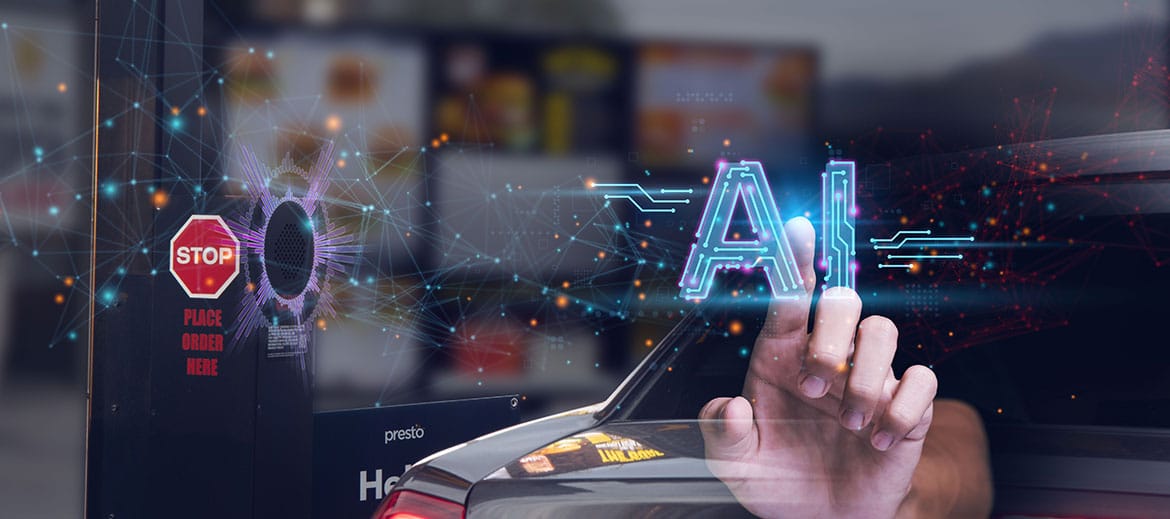We are seeing a dramatic increase in technology spending in the casual dining market, with operators scrambling to adopt cloud POS, pay-at-table tablets, server handheld tablets, kiosks, delivery services, online ordering, mobile apps, and sentiment rating services. This rapid pace of investment is driven by a simple but powerful driver—fear.
The operators are facing a potentially lethal combination of threats. In staffing, they face an increasing minimum wage and pressure to report tips as taxable income, along with historically low unemployment and reduced immigration. Increasing delivery service usage is reducing profitability and enabling the rise of ghost kitchens that threaten top-line revenue for the long term. At the same time, the decline in brick-and-mortar retail is reducing foot traffic in the many casual dining locations near shopping malls, perhaps permanently.
Given that casual dining restaurants are brick-and-mortar, they also must accept the fixed costs for their establishments, property, and branding. These fixed costs require that the operators maintain their top-line revenue, while managing their operations to stay profitable. This means all staff in both front-of-house and back-of-house positions must be more efficient, and they must stay in their positions longer than has been true in the past. On the marketing side, potential customers enjoy an increasing array of dining options and must be attracted to casual dining more effectively than is enabled by typical advertising.
So what can we expect to happen?
Historically, working in a restaurant has been an “entry level” job. Servers and other staff generally received similar compensation at any restaurant, and extensive training was neither offered nor valued by either the concept or the employee.
However, in 2020, rising wages and low unemployment are making it increasingly difficult to find new employees. With hiring cost at $3,000 per new hire, a location with 30 servers can expect to pay $90,000 annually in recruitment to replace turnover. Since the operators are already investing in new technology, work processes are evolving and servers are expected to both know the new technology and handle more tables than before.
At least in well managed operators, the result is a shift towards more professional relationships with employees. Some quick-service restaurants in Southern California, for example, are now offering veteran general managers more than $100,000 yearly in an effort to retain them for the long term. For servers, the hourly wage is increasing along with the training offered. Additional services such as digital tip disbursement, scheduling, and metrics-based performance monitoring are all gaining traction. Hooters, for example, recently named identified their top technology priority as developing a mobile application for servers that improves their ability to schedule times, receive their tips, and communicate with both management and other staff members.
These are all clearly attempts to improve staff retention and improve server performance through improved collaboration. Today’s operators need to change the equation so that they get more from each employee and they retain them longer. Rapid adoption of technology to drive staff efficiency can help restaurants adapt and succeed.Presto’s platform offers a comprehensive set of solutions to increase staff productivity, improve guest experience, and deliver actionable insights to managers. Please contact us to get detailed product information or to schedule a demo.



